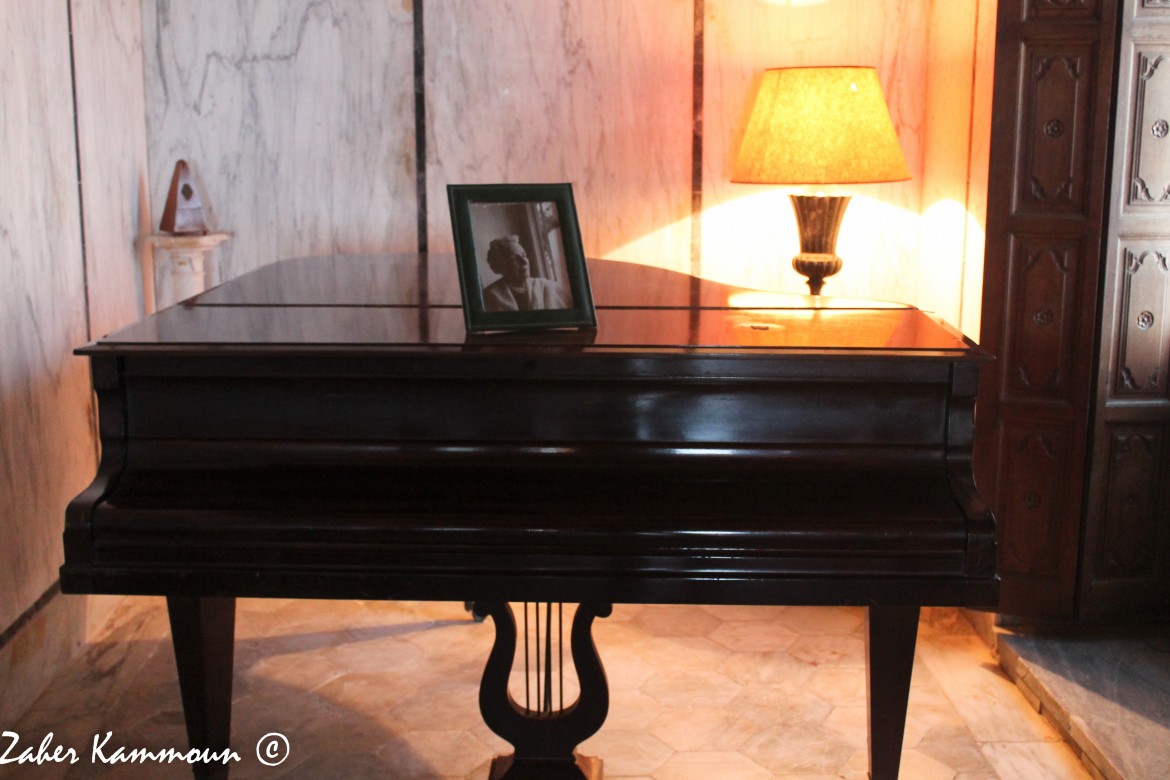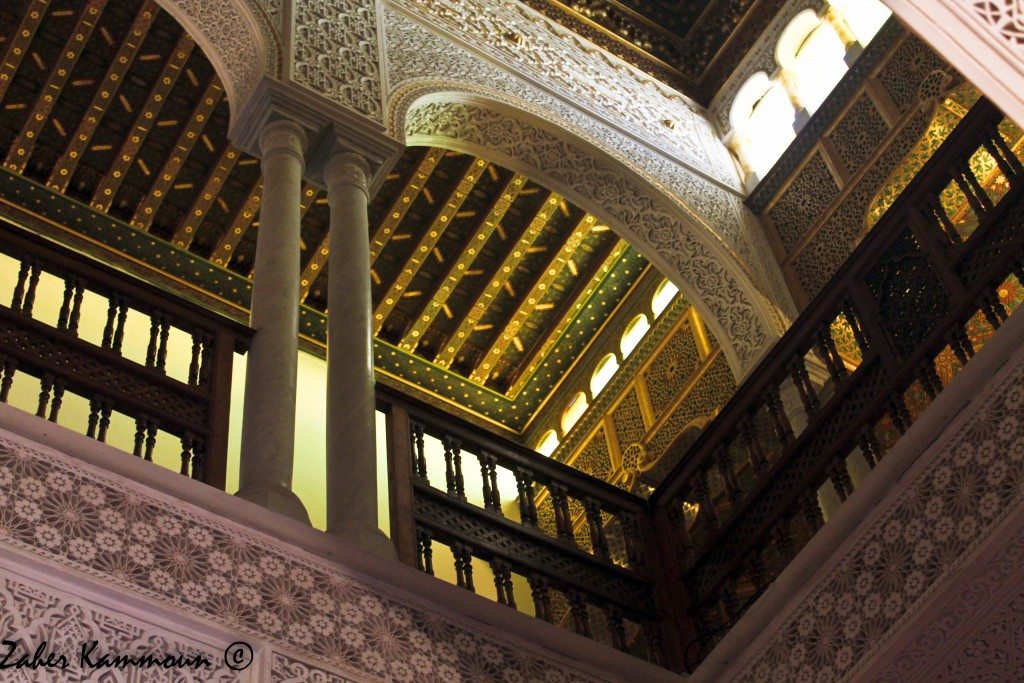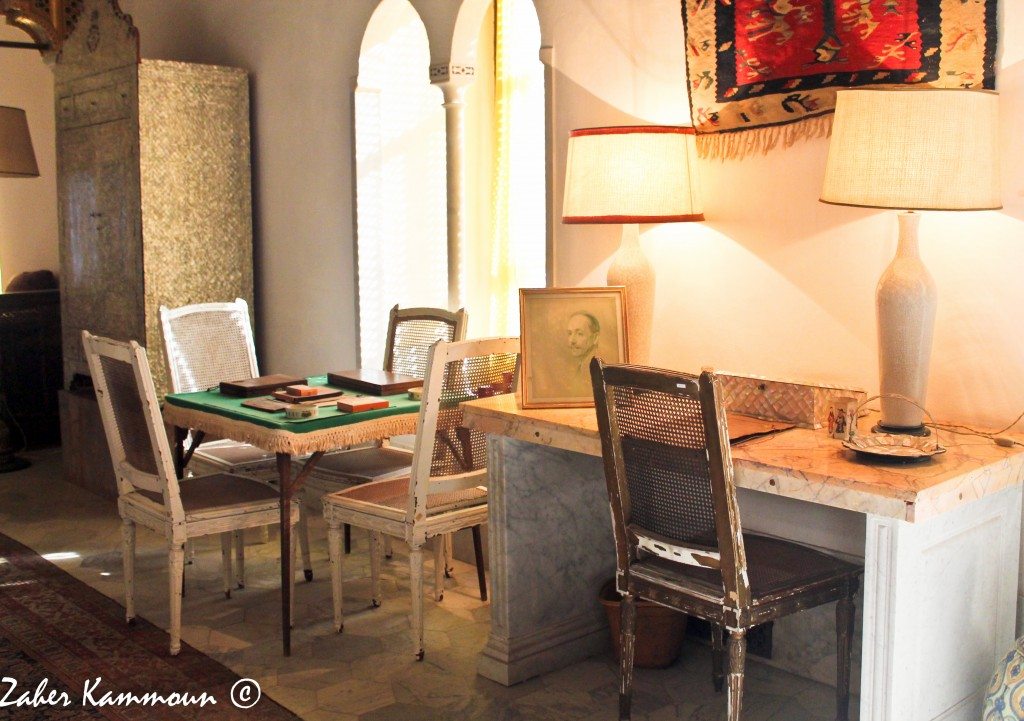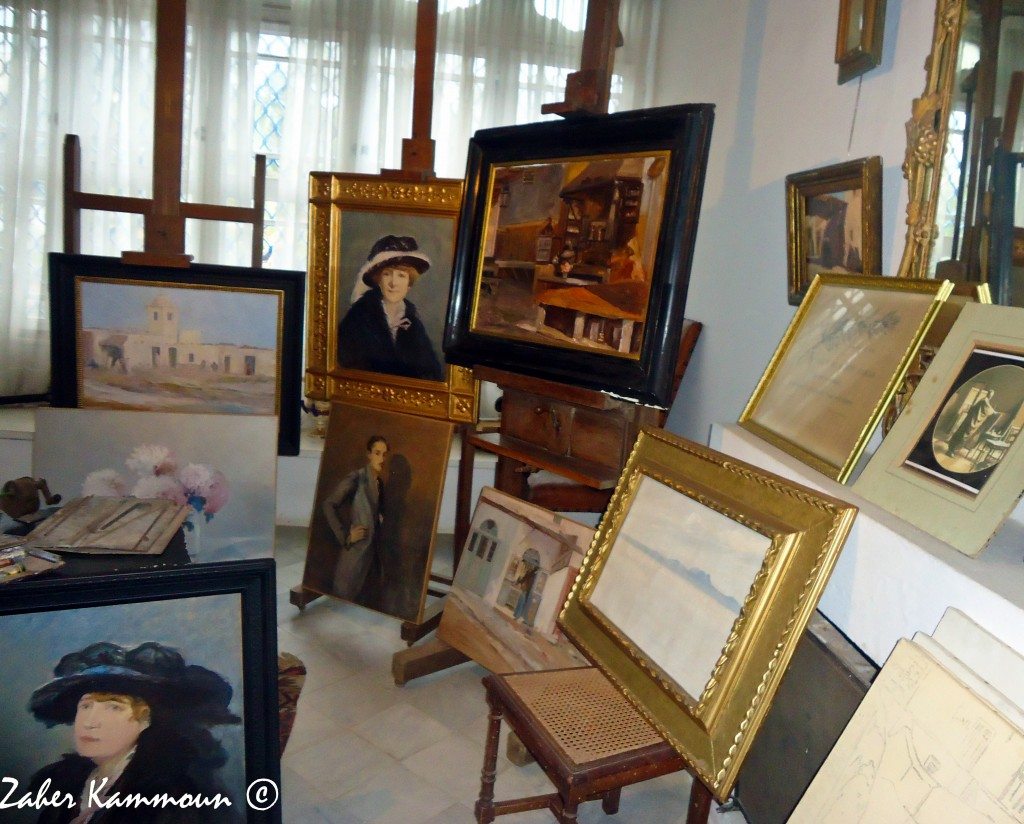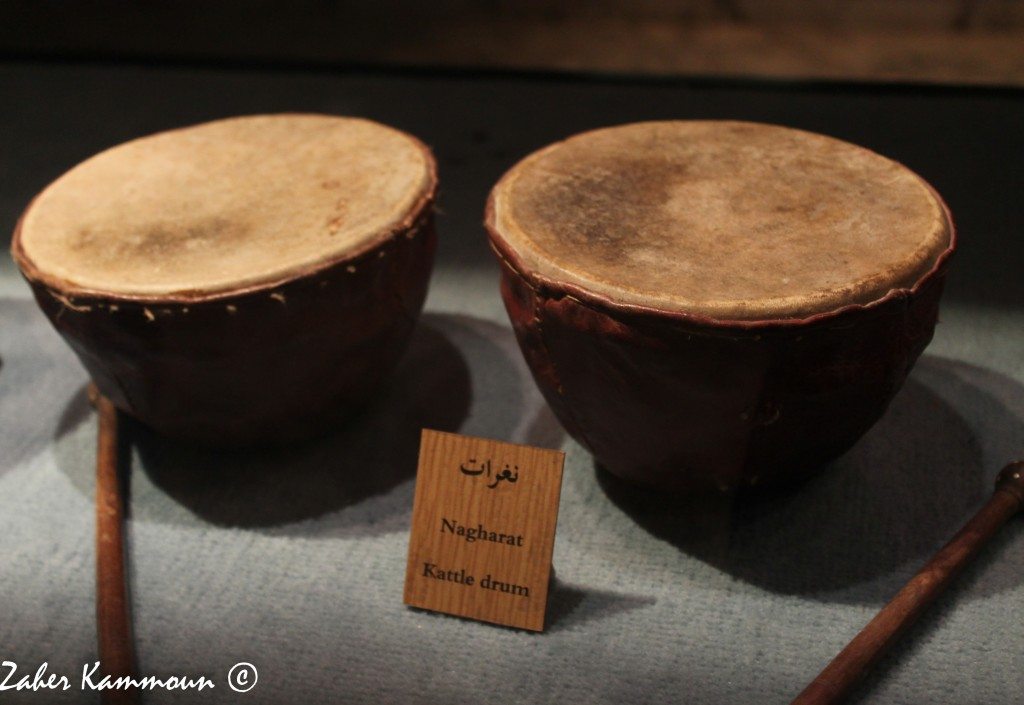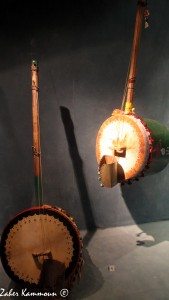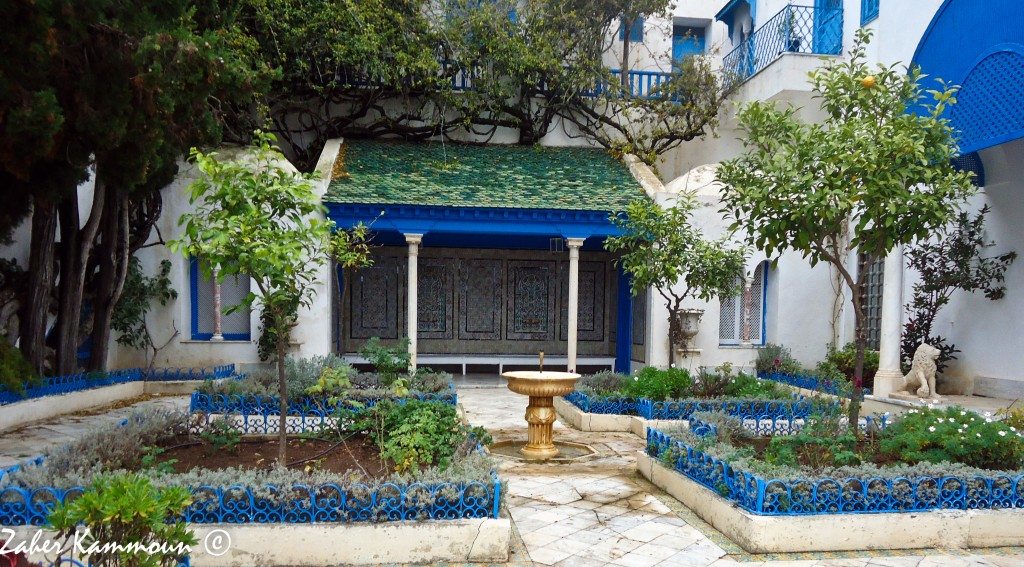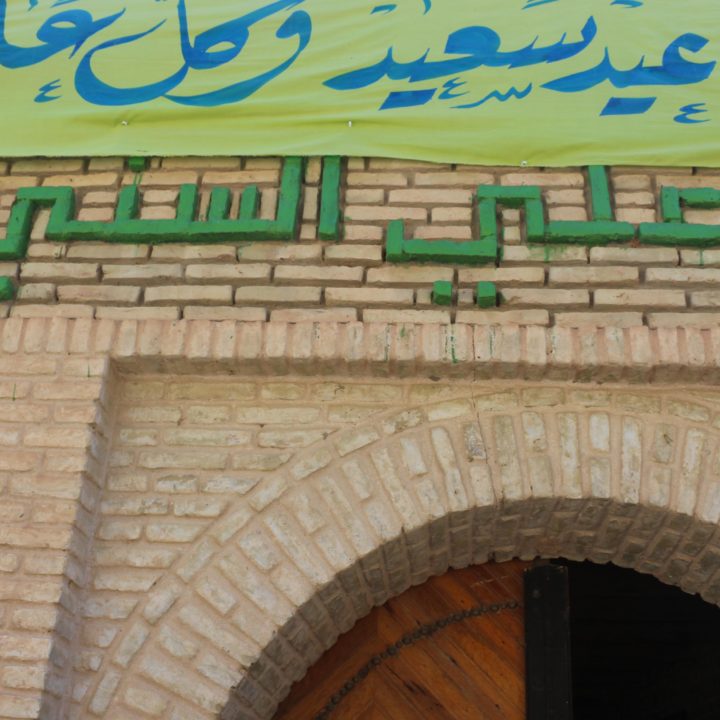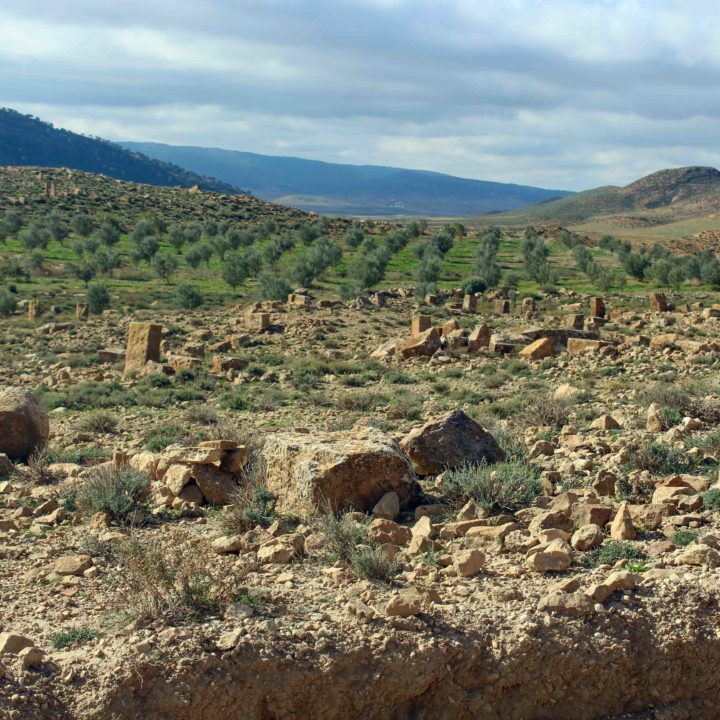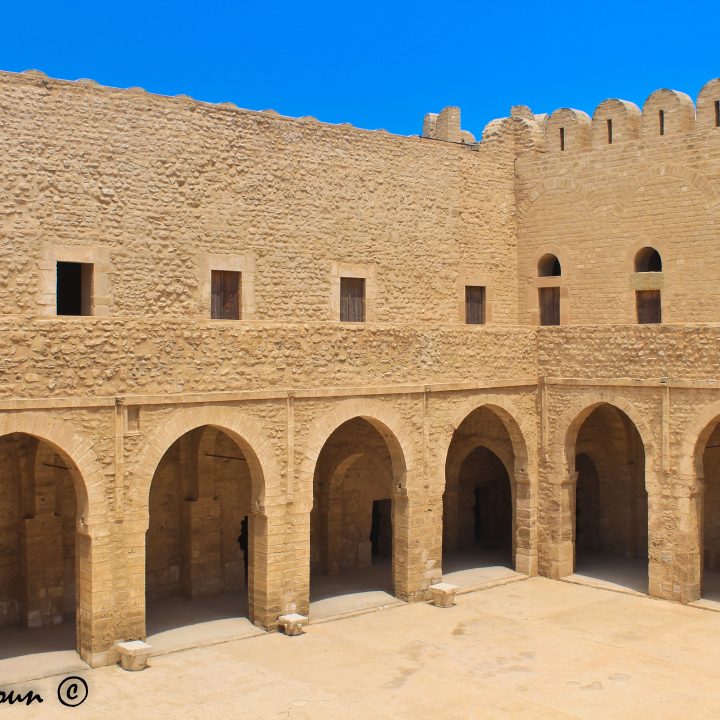Ennejma Ezzahra Palace : house of Baron Rudolph d’Erlanger
By Zaher Kammoun
The Ennejma Ezzahra Palace is a listed historical monument (as of 1989). It’s rightly considered to be a jewel of Arab-Islamic architecture in Tunisia, where local influences mix with Arab and Andalusian typological and ornamental elements. It covers a total area of 1800 m2of ancillaries.
The palace is the life’s work of baron Rudolph d’Eralanger (1872-1932) hwo imagined, designed and built it. A talented orientalist painter, he is also known as a celebrated scholar in Arab music. German by origin, French by birth, he was a British subject, married to Elizabetta countess (1875-1961), who gave him a son, Leo Fredric (1889-1976)
The palace took a little over ten years to build (1912-1922). The best craftsmen from Tunisia as well as from Morocco were called in and it is even said from Egypt, to work marble, carved stucco, sculpted, carved or painted wood. And for the amenities, such as electricity, plumbing and heating, Rudolph d’Erlanger brought specialists from Europe (France and Italy).
With respect to materials and the decorative repertoire, the baron’s preferences went towards Maghrebi and Andalysian traditions with a particular taste for the geometric arabesque. The overall impression is one of purity of forms and a great chromatic sobriety.
The collections
The objects to be found in the Ennejma Ezzahra Palace are remarkably diverse in terms of their origins and reflect the eclectic taste of the master of the house and of those who, after his death occupied the palace.
The collections that are at presently displayed in the Ennejma Ezzahra Palace comprise:
- Archaeological objects and artifacts dating from antiquity such as marble columns, the marble dining room table, capitalis, ancient ceramic objects…
- Objects from the East such as Persian and Turkish rugs and carpets, Chinese objects (tables, chairs, decorative elements) as well as Chinese porcelain.
- A collection of traditional silver jewels and objects
- A very homogeneous set of crystal and blown glass form Italy (Venise) and Turkey (Becose)
- Woodwork such as alcoves, beds and ceilings.
- Low furniture and inlaid mother-of-pearl chests and tables
- A collection of copper objects.
The permanent exhibition of musical instruments
Housed within the palace in what used to be a domestic service wing, the permanent exhibition of musical instruments occupies two rooms and represents the most complete collection to date of musical instruments in use in Tunisia. Moreover, it includes the Baron d’Erlanger historical personal collection.
The exhibition area comprises two rooms: the Ahmed el Wafi room contains a collection of more than 250 musical instruments representing the instruments in use in Tunisia throughout all regions and musical genres. The collection is presented according to the classical division between wind, percussion, stringed and keyboard instruments.
The collection is the result of a collecting campaign carried out by the CAMM in 1992 covering most of the country.
The Mannubi Snussi room contains around fifteen musical instruments of various origins, oriental, European and sub-Saharan African belonging to the baron Rudolph d’Erlanger personal collection.
The gardens
The grounds of Ennajma Ezzahra cover an area of approximately five hectares. The gardens are on three levels which necessitated a great deal of terracing and leveling work.
The gardens and terraces were laid out in the twenties, and even now their historic features are intact. Certain areas were laid out according to specific styles: the Persian garden, adjacent to the palace, the Andalusian garden on the upper terrace, and the Seville Orange Trees Alley which is below the terrace facing the palace main entrance. Most of the greenery and vegetation in these three gardens are cypress, olive and Seville orange trees, mountain laurels, and fiddlewood trees. There are also bougainvillea, oleander, acacia, hibiscus, and pittisporum hedges.
The uneven and steep terrain descending to the see is full of plants typical to the Sidi Bousaid area: cypress, eucalyptus, agave, aloe, acacia, wild olives, prickly pears… And throughout are several wooded paths.

